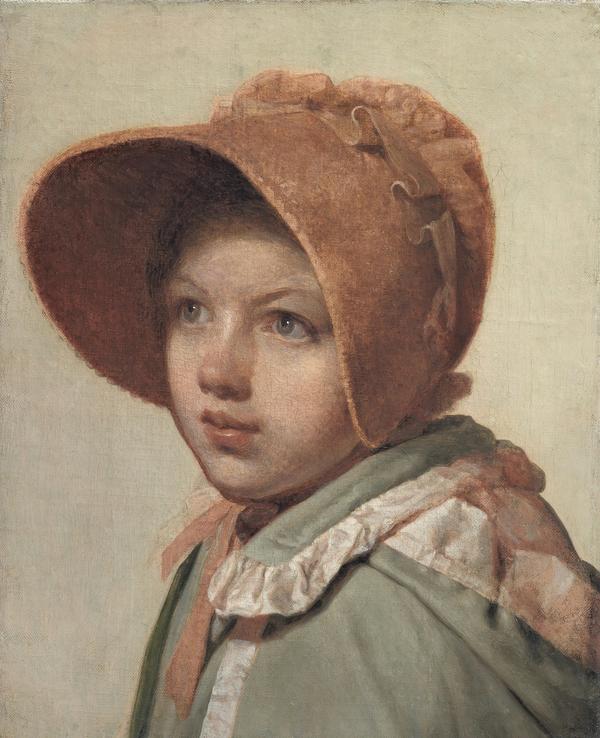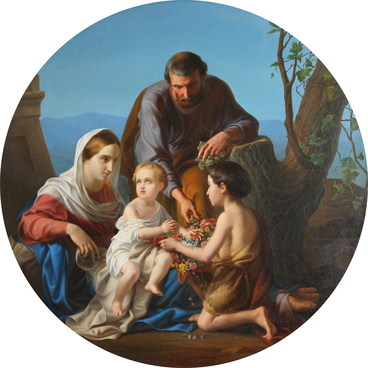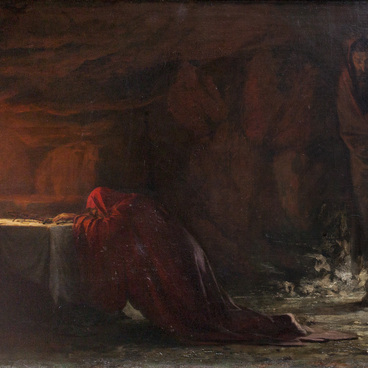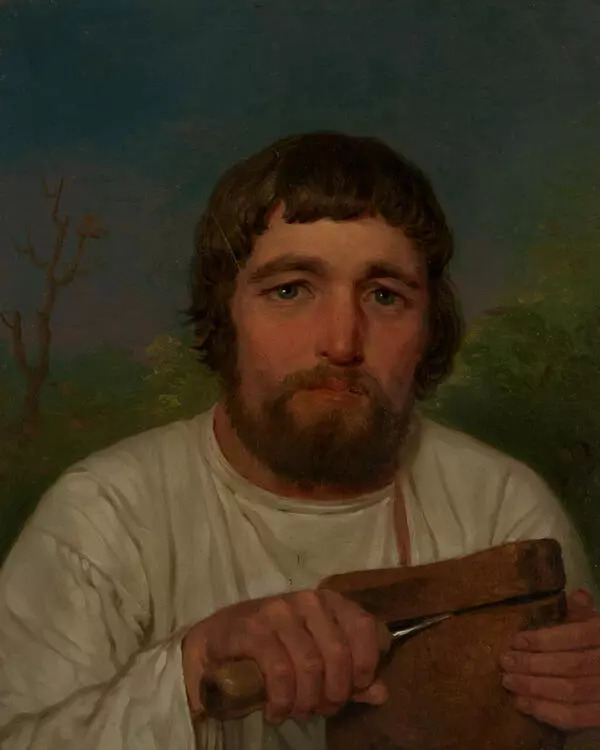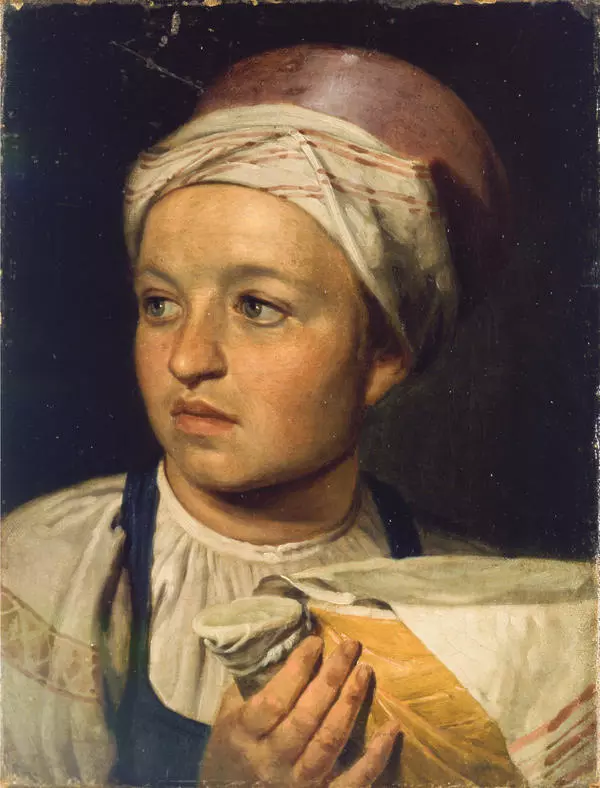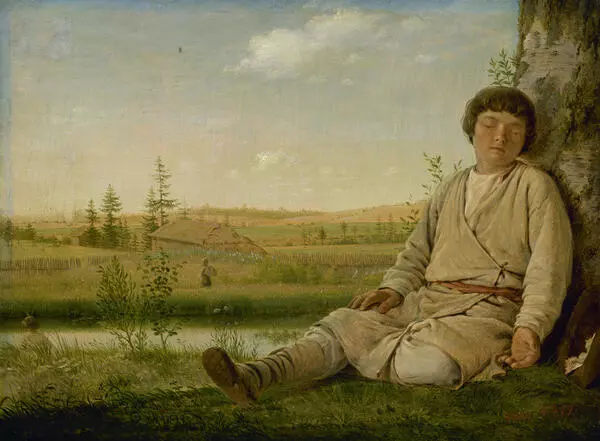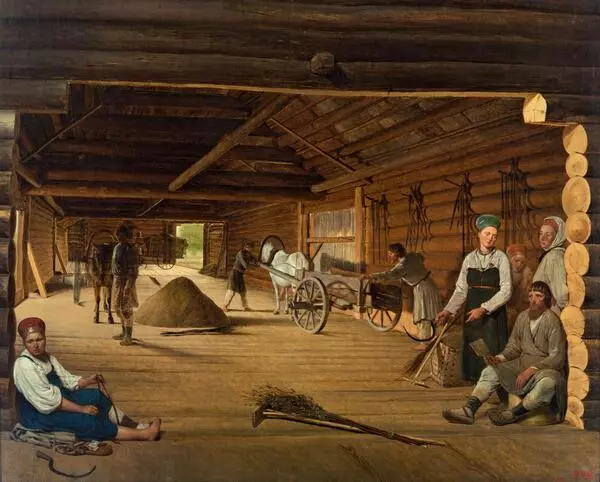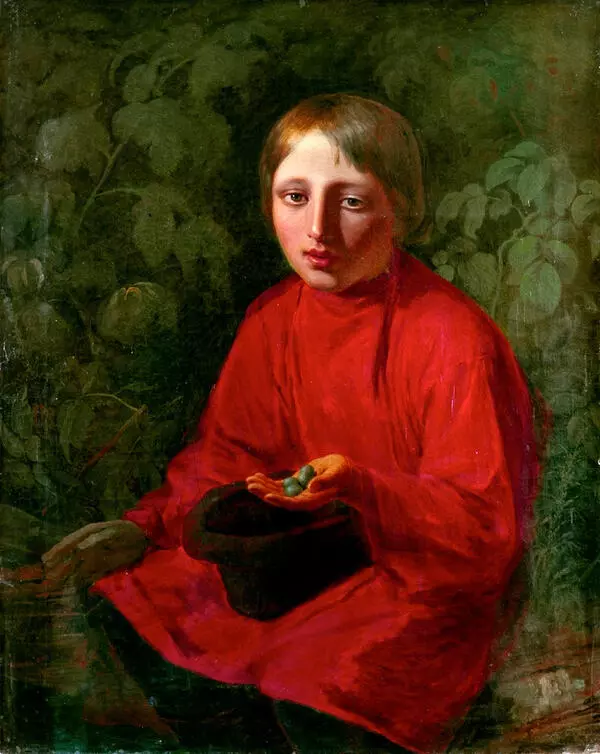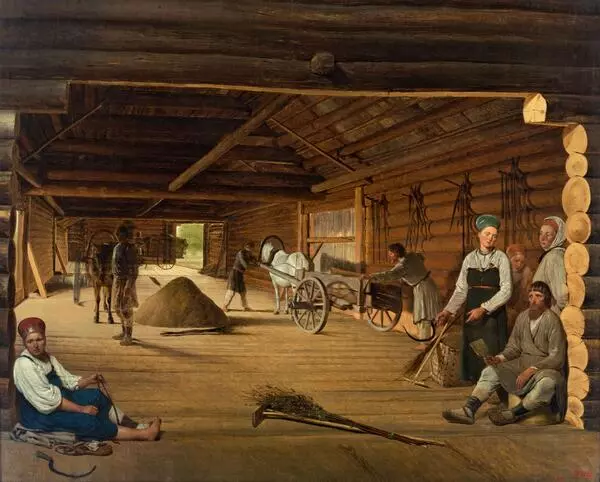The work of Alexey Gavrilovich Venetsianov is a unique phenomenon in Russian art. Coming from the family of a simple trader, he did not receive a complete art education. Nevertheless, Venetsianov became the founder of the peasant genre in painting and established his own school in the estate of Safonkovo in Tver province, where he taught young artists to paint from nature.
The great-grandfather of the painter was from Greece, the family moved to Moscow at the beginning of the 19th century. Venetsianov’s father earned his living by trading, growing seedlings and flower bulbs for sale.
The great-grandfather of the painter was from Greece, the family moved to Moscow at the beginning of the 19th century. Venetsianov’s father earned his living by trading, growing seedlings and flower bulbs for sale.
The expectation was that the boy would follow in the footsteps of his parents, but he began to draw from an early age. The father eventually resigned himself to his son’s enthusiasm and even presented him with a painting textbook.
There is no exact data on who was the first teacher of Venetsianov. As remembered by his nephew, he learned to mix paints and stretch canvas on stretchers from one of Moscow artists. Nevertheless, when Venetsianov arrived in Petersburg in 1802, he was already a mature master with an established manner of painting. In the capital, he tried to moonlight with landscapes and portraits to order, advertising in newspapers, but this idea was not successful.
His father offered him material support. He sent his son money for which he could take lessons from the portraiture master Vladimir Borovikovsky. Recognition came to the artist only in 1811 - he was awarded the title of Academician for the work Portrait of G. I. Golovachevsky. Creativity did not bring Venetsianov big earnings, he continued to serve as a land surveyor all the while.
In 1819, the artist left the capital and moved with his family to the Safonkovo estate, where he founded his own school. He worked a lot in the field of the ‘peasant’ genre and taught painting techniques to his followers, among whom were serfs and born into poor families. The master exhibited the works by his students along with his own paintings.
The merits of the artist were recognized by the Emperor - Venetsianov got the post of court painter in 1830. The life of the master ended tragically. During one of the working trips, horses ran away with him, and the artist died, failing to jump out of the sleigh.
There is no exact data on who was the first teacher of Venetsianov. As remembered by his nephew, he learned to mix paints and stretch canvas on stretchers from one of Moscow artists. Nevertheless, when Venetsianov arrived in Petersburg in 1802, he was already a mature master with an established manner of painting. In the capital, he tried to moonlight with landscapes and portraits to order, advertising in newspapers, but this idea was not successful.
His father offered him material support. He sent his son money for which he could take lessons from the portraiture master Vladimir Borovikovsky. Recognition came to the artist only in 1811 - he was awarded the title of Academician for the work Portrait of G. I. Golovachevsky. Creativity did not bring Venetsianov big earnings, he continued to serve as a land surveyor all the while.
In 1819, the artist left the capital and moved with his family to the Safonkovo estate, where he founded his own school. He worked a lot in the field of the ‘peasant’ genre and taught painting techniques to his followers, among whom were serfs and born into poor families. The master exhibited the works by his students along with his own paintings.
The merits of the artist were recognized by the Emperor - Venetsianov got the post of court painter in 1830. The life of the master ended tragically. During one of the working trips, horses ran away with him, and the artist died, failing to jump out of the sleigh.
Children’s portrait is a big part of the art of the painter. Child image always fascinated him. He painted many portraits of peasant children in which he meant to emphasize the frankness and individuality of the child. All the charm of a child’s image is rendered in his work Portrait of a Girl - a gentle blush on her cheeks, a touching half-opened mouth, the eyes staring in amazement.
The lively face of the child is painted with a purely Venetsianov’s warmth of feeling, not devoid of a shade of sentimentality.Children’s portrait is a big part of the art of the painter. Child image always fascinated him. He painted many portraits of peasant children in which he meant to emphasize the frankness and individuality of the child. All the charm of a child’s image is rendered in his work Portrait of a Girl - a gentle blush on her cheeks, a touching half-opened mouth, the eyes staring in amazement. The lively face of the child is painted with a purely Venetsianov’s warmth of feeling, not devoid of a shade of sentimentality.
